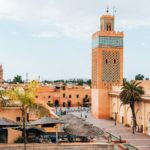Blarney Castle
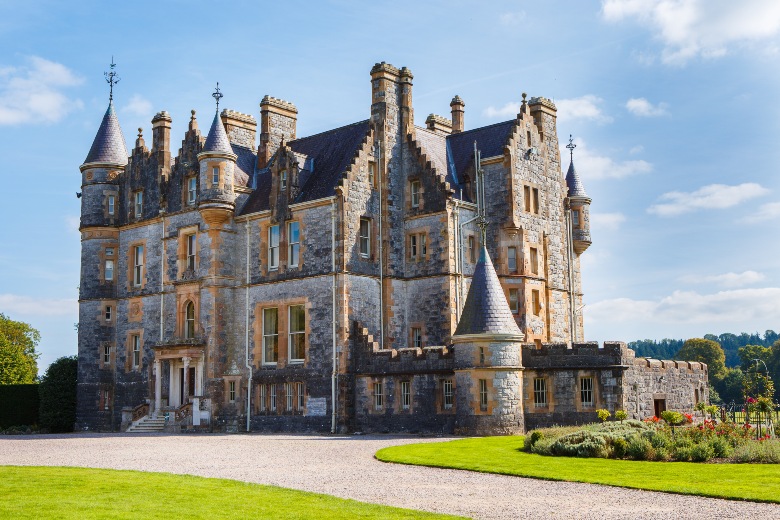
There is a partially ruined Medieval castle which is etched into the consciousness of Ireland just ten kilometers from Cork’s main city center. Today, Blarney Castle appears to have been built by King of Munster Cormac MacCarthy in the 15th century, and most of its keep is intact.
There are many people who come up to the battlements to kiss the Blarney Stone, which is located on the machicolations and, according to legend, grants its kissers eloquence if they kiss it. In addition to the stone, the castle has a variety of themed gardens, including one that grows wolfsbane, ricin, mandrake, deadly nightshade, and poison ivy.
There are trails along the picturesque banks of the River Martin at Rock Close, which is an ancient druidic settlement under lofty yews and oaks.
English Market
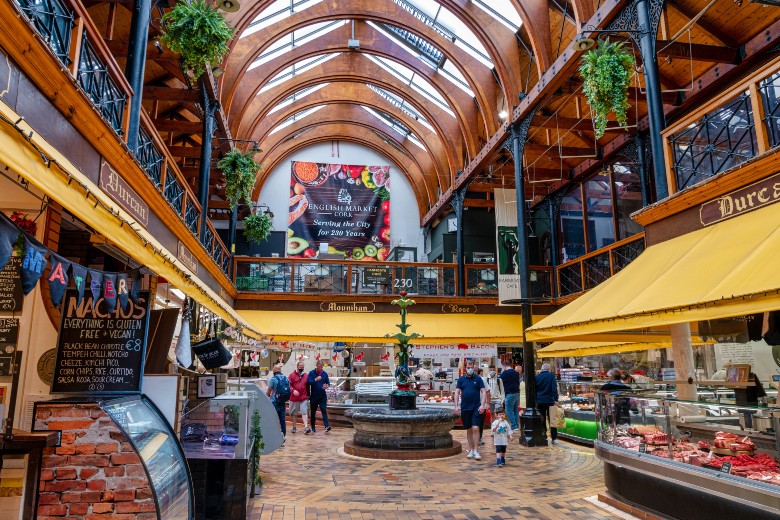
In the English Market, which runs from Grand Parade to Princes Street, Cork’s best restaurants get their produce straight from the market. A variety of meats, fish, vegetables, fruits, spices, fresh herbs, cheeses, baked goods, and more can be found here.
The region offers delicacies such as battlebord (dry salted lings), drisheen (blood sausages), buttered eggs, and spiced beef, known as pastrami, flavored with ginger, cloves, pimento, cinnamon, and black pepper. If you would like to have a quick bite of homemade cake and a cup of tea, you can stop by the Farmgate Cafe in the gallery.
St Anne’s Church
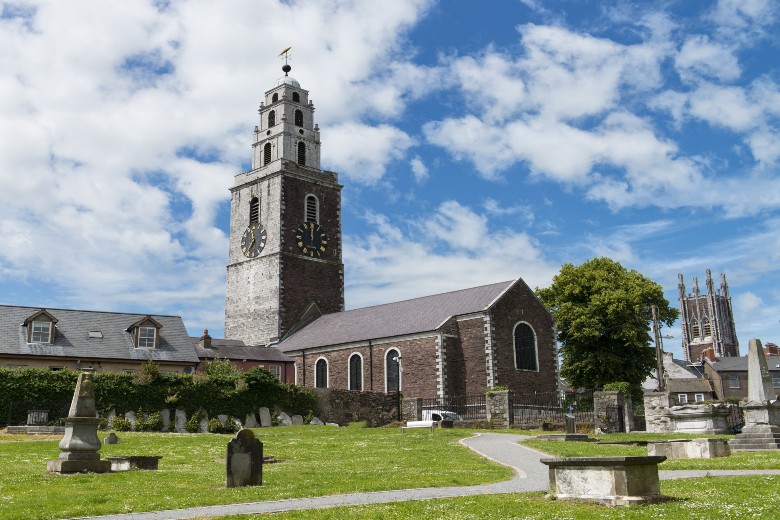
A network of streets surrounds St Anne’s Church, built in the mid-1720s on a rise over the River Lee. In the 19th Century, Francis Sylvester Mahony wrote a song about the church called Bells of Shandon, which became one of the most easily identifiable landmarks in Cork.
An obelisk bearing a golden salmon adorns the 50-meter bell tower, symbolizing both Jesus and the River Lee’s salmon stocks. Those fabled bells date back to 1752, and they were the last recast in 1906, and you can go up the tower and see the best view of Cork.
University College Cork
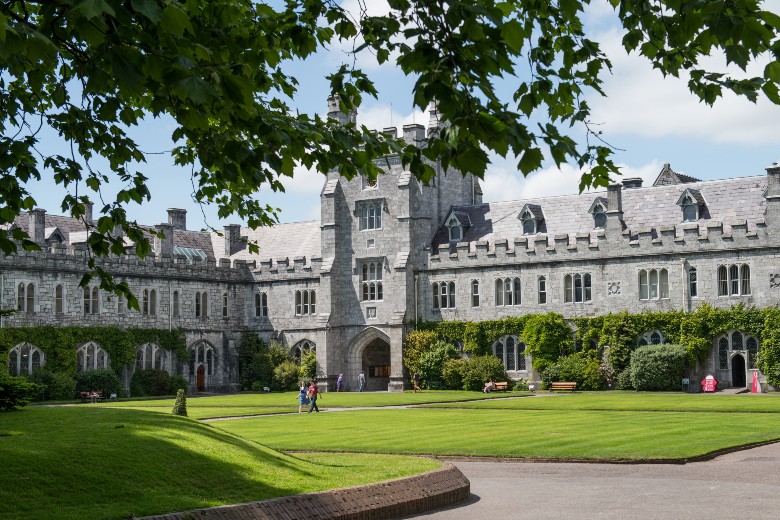
Since its foundation in 1845, the University of Cork has been ranked as a leading higher education institution in Ireland, winning the title of Irish University of the year in 2017. Every day of the week and on Saturday afternoons, you can enjoy a visit to the university campus. There is a visitor center that explains the worthwhile sights and organizes walking tours of the area.
There are mature beeches and oaks, as well as giant redwood trees dating back to the university’s founding, in the President’s Garden, set in the Stone Corridor, lined with ancient gravestones dating from the 2nd and 3rd centuries AD. At the Paris Exposition Universelle in 1900, Howard Grubb won a Gold Medal for his equatorial telescope at the Crawford Observatory.
Cork City Gaol
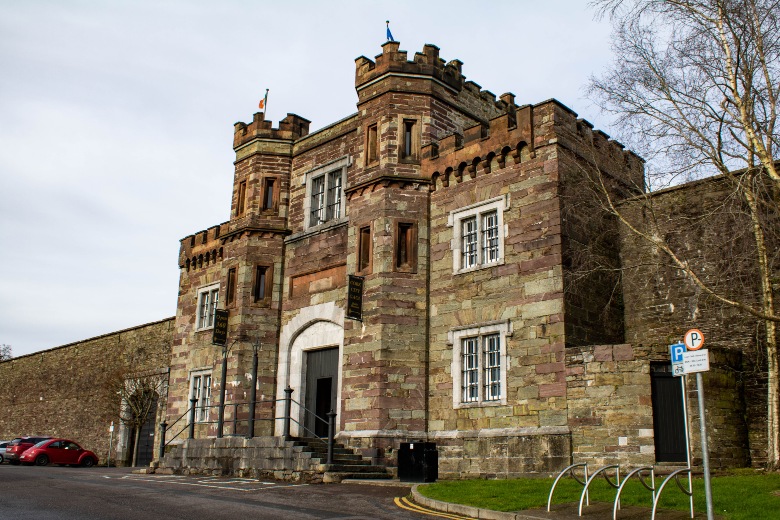
In Cork’s Sunday’s Well area, this prison was founded in 1824 as a fortress-like structure. Typhus, commonly known as “gaol fever”, was controlled by the high elevation. As part of the Irish Civil War, the gaol was closed in 1922-23, after 99 years of operation. A group of forty Republican prisoners escaped from prison in November 1923.
The museum tells the story of this feat, features lifelike characters, offers a peek into cells from a century ago, and provides a glimpse into daily life for prisoners and guards. You can step into the restored studio and see an exhibition about Marconi at Governor’s House after its closure. SixCK was Ireland’s first official radio station.
St Fin Barre’s Cathedral
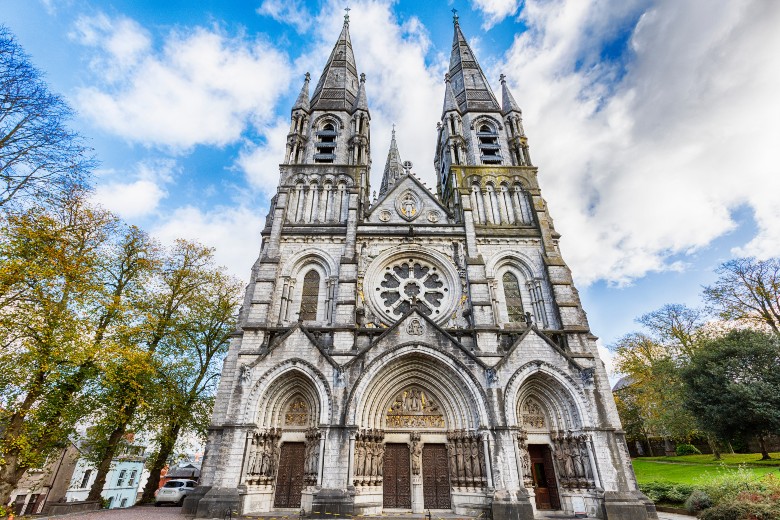
A neo-Gothic cathedral dedicated to Finbarr of Cork, the city’s patron saint from the 6th century. Its architect, William Burges, designed numerous sculptures, including biblical images and gargoyles. The commission marked Burges’ first commission in Victorian England and Ireland.
There is a line-up of saints in the jambs of each gateway, as well as the five wise and five foolish virgins from the Parable of Our Lord. An intricately carved tympanum depicts the Last Judgment from the Book of Revelations in the main portal.
In addition to designing and overseeing the production of the cathedral’s 74 stained glass windows, Burges also oversaw their distribution.
Elizabeth Fort
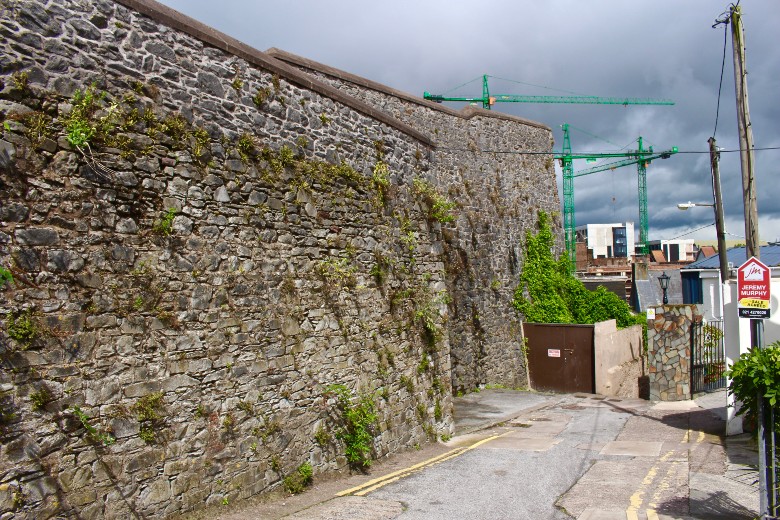
Located near St Finbarre’s Cathedral on a bend in the River Lee, Elizabeth Fort has only just opened its doors to the public. First built in 1601 to reinforce Cork’s city walls against artillery threats, this building served a variety of functions from 1601 to 2013. By 1649, Cromwell had beefed up the fort, and by 1690, the Jacobites were being attacked by the Williamites (fighting for the Dutch protestant prince William of Orange). It only took four days for Cork to fall from the siege.
During the mid-19th century, during the Great Famine, the fort was used as a warehouse for food and a depot for convicts heading to Australia. The fort used to be a Garda (Irish police) station, but now it is open to the public, with information panels explaining the fort’s evolution.
Lewis Glucksman Gallery
The Lewis Glucksman Gallery is housed in a striking modern building at the main entrance of University College Cork on Western Road. An Irish architectural firm, O’Donnell + Tuomey, designed the building, which won a number of awards upon completion.
During the year, the gallery puts on three temporary exhibitions on its three floors. There was a retrospective of shows throughout the gallery’s history at the time this post was written, featuring works by Martin Healy, Fiona Kelly, Alice Maher, and Suzanne Mooney. A stylish restaurant with a riverside view and art workshops are offered throughout the year.
Fitzgerald Park
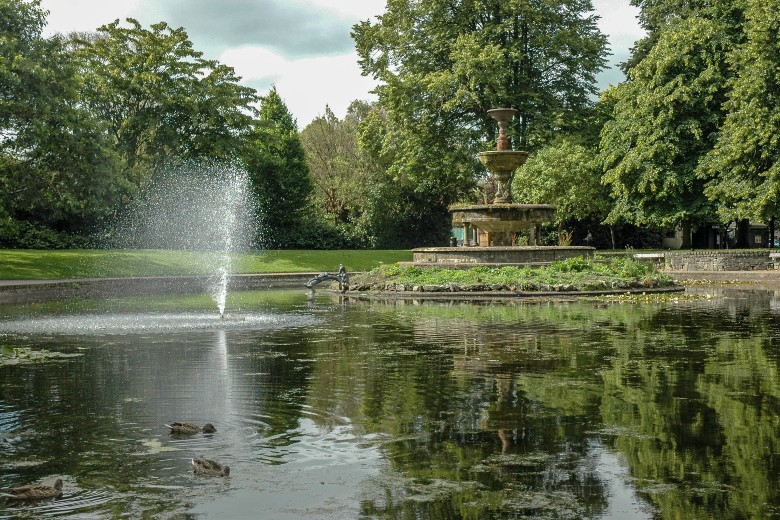
The Fitzgerald Park in Mardyke, western Cork, is an eight-hectare area of former marshland. Edward Fitzgerald, the Lord Mayor of Cork who proposed the plans, named the park in honor of the Cork International Exhibition of 1902.
A pavilion and ornamental fountain remain from the event. The gardens feature formal flower beds, mature deciduous and evergreen trees, as well as a duck pond adorned with water lilies. In 1926, Daly’s Bridge was built across the River Lee, and it was nicknamed “Shakey Bridge” for its unusual appearance.
St Patrick’s Street
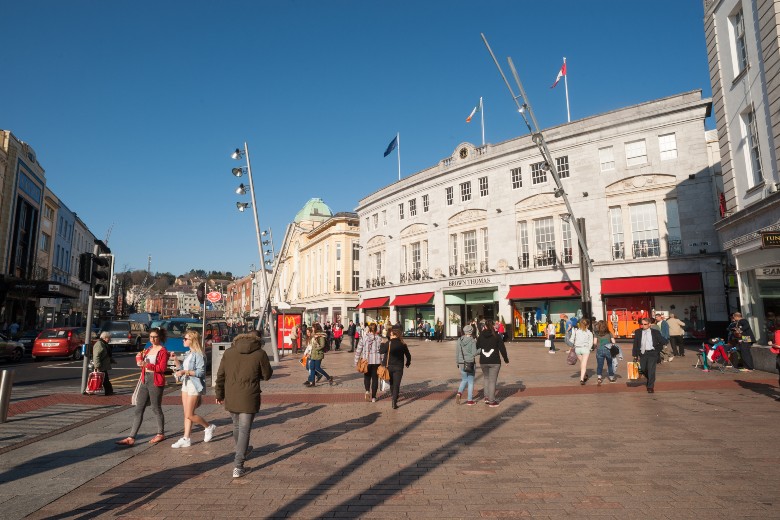
There is no better shopping street in south Ireland than Cork’s main thoroughfare. After the Medieval walls of the city were overrun, St Patrick’s Street emerged in the 18th century.
There have been a few pedestrian-friendly changes made to St Patrick’s Street since the start of the 2000s, including a redesign of the pavement by Beth Gali in 2004 and a ban on road traffic between 15:00 and 18:30 since March 2018. Marks & Spencer, Debenhams, and Penney occupy 19th-century buildings along the way.
However, portions of the street were destroyed in 1920 by the Burning of Cork, which destroyed 340 buildings in the city center. As part of the St Patrick’s Day parade route on 17 March, St Patrick’s Street is also included.
Nano Nagle Place
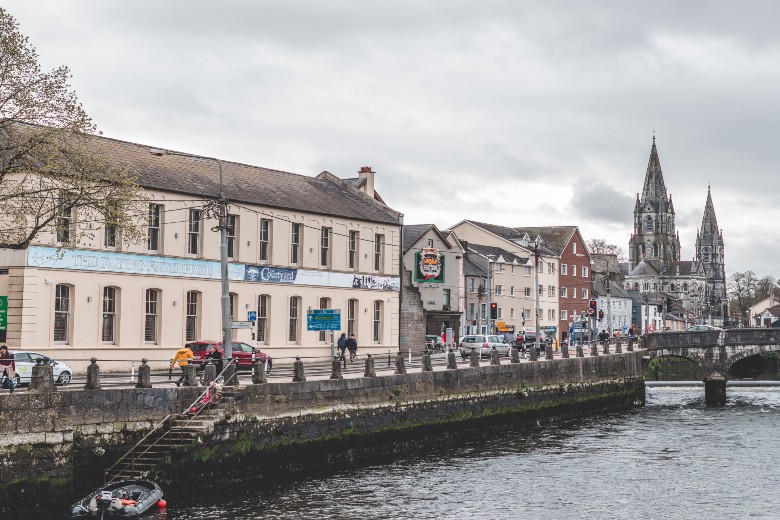
Located within steps of the English Market and St Patrick’s Street, the Presentation convent was preserved from the 18th century. Nano Nagle fought to educate Cork’s underprivileged children during the oppressive Penal Laws of the English.
The Presentation Sisters, a congregation she founded, opened schools in San Francisco in 1850, eventually spreading around the world. A heritage center within the complex reveals life as it was in the 18th century for the underclass, while a tomb of Nano Nagle can be found in the gardens.
Red Abbey
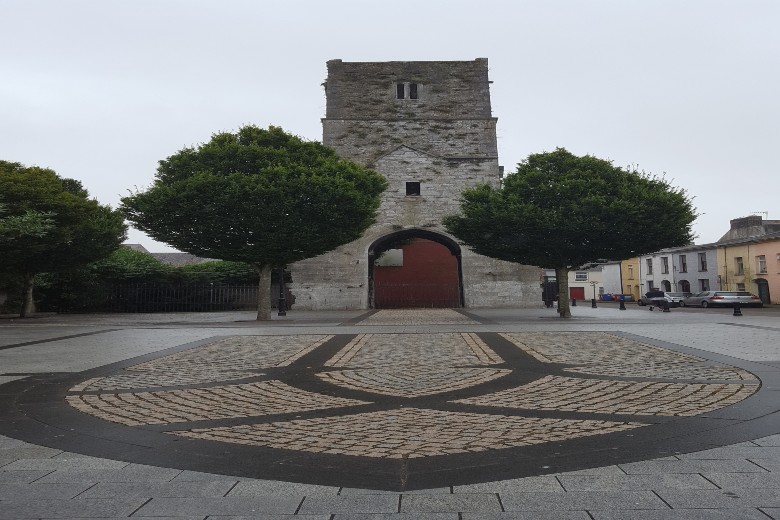
There’s only a tower left of the Red Abbey, a rare relic from Cork’s medieval walled city. Originally built between 1200 and 1300, this tower can be traced back to an Augustinian monastery that operated until the dissolution of the monasteries in the 16th century. Before it burned down in 1799, the building was used as a sugar refinery.
Fota Wildlife Park
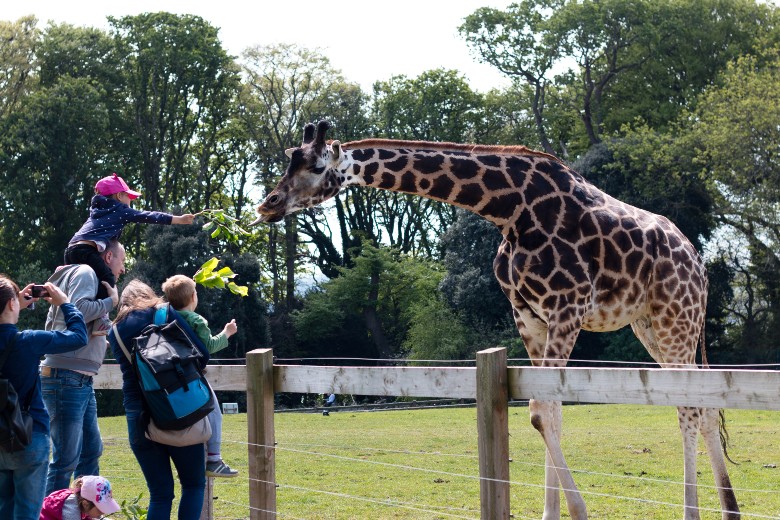
A 40-hectare animal park, 18 kilometers from Cork’s city center, lies along the east shore of Lough Mahon. With large enclosures and discreet barriers, Fota Wildlife Park is known for its animal conservation efforts.
Maras, wallabies, and kangaroos are kept in semi-freedom while other species, such as the ring-tailed lemurs, move freely.
Among the other animals, there are Indian rhinos, Asiatic lions, and Sumatran tigers in the “Asian Sanctuary”, and zebras, ostriches, and giraffes in the “African Savannah”. Using a device similar to a greyhound lure, they hunt down their meals in North African cheetahs, which can be seen at full speed.
Triskel Christchurch
A performing arts center with a deconsecrated church, Triskel Christchurch was established in 2011. There are still wooden pews and galleries in the nave of the Neoclassical building’s nave, which dates back to the 18th century.
You’ll find a variety of events every day, from live classical music to jazz to leftfield music to pop, to cinema screenings to art exhibitions. In October, the Cask World Book Festival and the Guinness Cork Jazz Festival take place at the center.
Spike Island
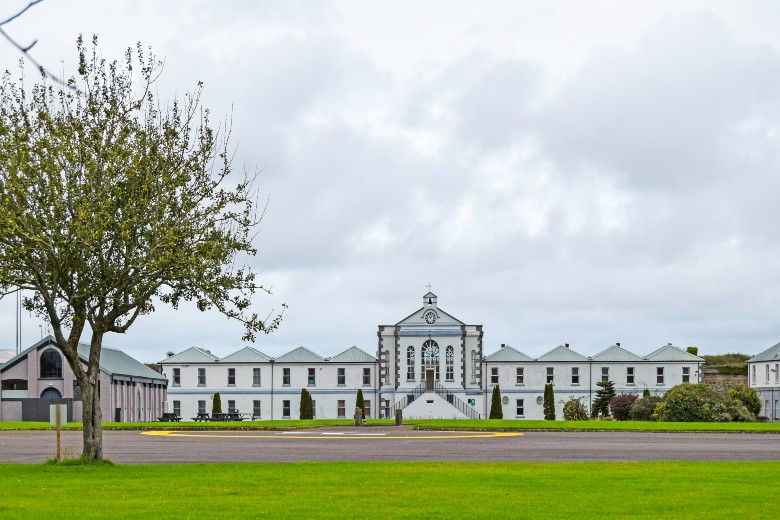
A fort for artillery was built on Spike Island in 1793 when the French declared war on Britain. The last bastioned fort into the British Isles was constructed here. In this museum, you will find a wide variety of guns, ranging from early cannons to six-inch artillery guns that followed later on in the century.
Before being deported to Bermuda in 1848, the Irish patriot John Mitchel served time in the fort as a prison. In the years following the Irish War of Independence (1919-1921), the fort served as a detention center for Republicans. In addition to seeing the lower harbor from the Glacis Walk, Spike Island’s deep history can now be fully revealed.


